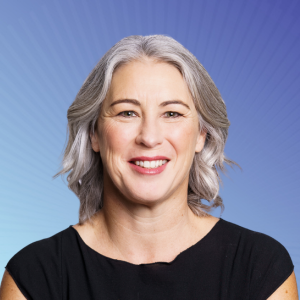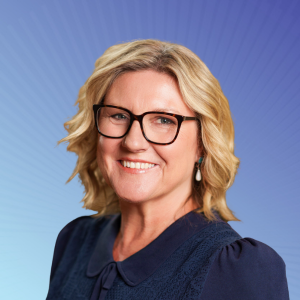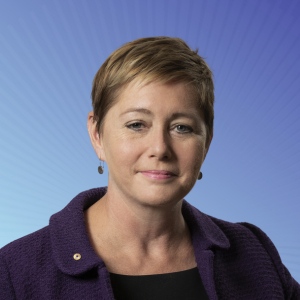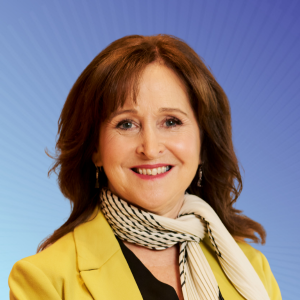The role of insurance in super continues to be hotly debated. But without it, most working Australians and their families would have no form of lifestyle protection.
According to a 2017 report by independent consultants Rice Warner, the super industry is the leading provider of death and TPD insurance in Australia, accounting for 71 per cent of all life cover and 88 per cent of all TPD cover. Many workers who do not normally take out insurance cover or would not otherwise qualify have it automatically provided to them when they join a super fund. For many, it is the only insurance cover they can obtain.
It’s through this lens that we should be trying to help working Australians understand the insurance cover in their super and its value.
Yet, the role of insurance in super continues to be questioned. Look at the changes proposed in the Government’s Protecting Your Superannuation Bill 2018 and you can see that many don’t appreciate the value of insurance in super, at least for some member groups. With a start date of 1 July 2019, this Bill will make the provision of insurance cover within super accounts opt-in only for members who are young, inactive or have low balances.
The super safety net
The ‘Protecting Your Super’ changes, as currently proposed, will remove what is a super safety net for many members. Those who leave the workforce for an extended period (for example, to start a family, care for elderly parents or establish a business) will also be left at risk.
The onus will be on these people to look out for themselves but few understand the value of insurance in super and most find it confusing. What can the industry do to better “tell the story” of the value of insurance in super and get members to act and respond?
Engaging members
Here’s six ways to help explain the benefits of insurance in super and engage members to take action:
1. Communicate early
Before 1 July 2019, funds will need to provide existing members affected by the changes with the opportunity for their insurance cover to continue. 30 days will likely be the minimum notice required but ideally 2-3 months will be needed to give members sufficient time to consider their options and get the help they need. This may not be possible given funds are likely to need to renegotiate contracts with insurers and update administration systems. However, should the changes go ahead as planned from 1 July 2019, funds may need to start planning their communications now.
2. Focus on what’s important to members
A survey of 1,500 working Australians by MetLife in 2017 found these three key benefits had the greatest appeal to members:
- the tax advantages of premiums being paid from super
- lower costs resulting from bulk purchases of policies
- automatic acceptance of people with no health check.
The survey also found that these benefits have low levels of awareness. Some 56 per cent were not aware of the tax benefits and 61 per cent were not aware that insurance is bulk purchased. Further, 52 per cent were not aware that many super funds automatically accept people for insurance cover without requiring a health check.
Communications to members can be improved by focusing on what matters to members – not what we think they should know or care about.
3. Allay concerns about the likelihood of claim payouts
According to Rice Warner’s 2017 report, 59 per cent of working Australians have concerns about the payout of claims. This is despite APRA and ASIC statistics revealing that 92 percent of finalised claims were paid in 2017. These figures signify a lack of trust in insurance companies, an issue not helped by the recent findings from the Royal Commission into Misconduct in the Banking, Superannuation and Financial Services Industry.
The task of re-building trust won’t be easy, but two initiatives that can have a positive impact are highlighting your claims paid experience (for example, in your annual report, on your website and in insurance change communications) and making the claims process as easy as possible (for example, with ‘how to claim’ guides).
4. Cut the jargon
There’s a lot of ‘insurance policy-speak’ in super fund communications. Some of this, such as disability definitions, is unavoidable. But too often super funds rely on replicating information contained in the insurance policy as a means of protecting themselves. Insurance policies are generally very technical, compliance-heavy documents. What members need is simple, jargon-free communications that clearly explain what they’re covered for and offers easy steps for members to take.
One way of providing this is through case studies based on actual member experience. Members can relate to the stories of other members. Case studies provide members the opportunity to see the impact of sickness or injury on the member and their family, the invaluable support provided by their insurance cover, and the claims outcome.
5. Make it easier to work how much is needed
According to MetLife’s survey, two-thirds of working Australians don’t know how to calculate the life cover they need. Over half of these with insurance inside super suspect that they probably don’t have enough cover. And 50 per cent are unaware of options to increase their cover.
The take-away is that if funds can help members work out how much cover they need and follow through with the options for increasing cover, more will take out the cover they need. Tools such as insurance calculators that help members identify their financial commitments and then lead them to action are invaluable.
The role of advice is also vital. The MetLife research identified that 29 per cent of working Australians had modified their level of insurance cover after their adviser recommended it. Communications should encourage and provide an avenue for seeking advice to ensure the right level of cover at every opportunity.
6. Deliver the right messages at the right time
There are key ‘trigger’ times when members may consider changing their insurance cover. Times such as getting married, taking out a mortgage, starting a family or changing jobs. These changes in members’ circumstances are opportunities for engaging them in reviewing their insurance cover.
The difficulty for super funds is identifying these trigger times. Funds generally don’t know when a member is getting married or starting a family and usually only learn of a change of job after the event. But funds hold a significant amount of data on their members and some of this can be used as indicators of a likely change in a member’s circumstances. Indicators such as:
- new member account
- change of employer
- name change
- address change
- beneficiaries updated
- ceasing contributions or reducing contributions
- investment switching.
These triggers can all be used to deliver the right message at the right time and increase member engagement in insurance.
Building member awareness of insurance cover in super continues to be a significant challenge for funds. Communicating changes such as ‘Protecting Your Super,’ to historically disengaged members and prompting them to opt-in for cover will not be easy.
It’s time for the industry to “tell the story” to members of the value of insurance in their super.



































